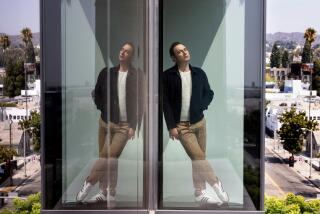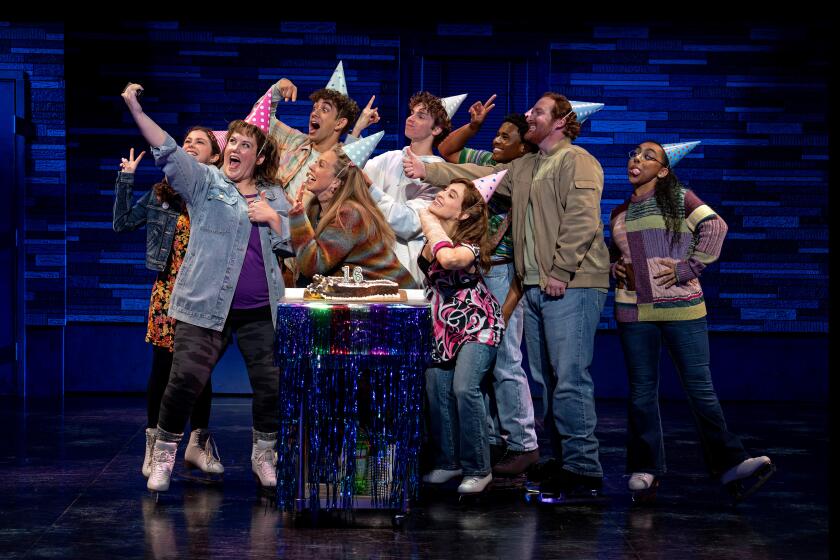No new age of urban design?
The radicals have gone mainstream. Or at least that seems to be the message behind this year’s major architectural events.
When the Frank Gehry-designed Guggenheim Museum opened in Bilbao, Spain, six years ago, the resulting clamor seemed to signal a new age for architecture. Gehry’s building helped to push the field to the forefront of the public imagination. It confirmed that architects had become stars on a par with high-end fashion designers and NASCAR drivers.
But no one knew what impact that status would have. Would architects, for example, gain new influence in reshaping our cultural landscape? Or was this a momentary fashion?
The answer seems to be a mixture of both. The opening in October of the Walt Disney Concert Hall proved that Gehry has not lost his stature as a media darling. And the building joined a growing list of major cultural commissions by celebrated architects in cities from Los Angeles to London to Beijing.
But it has done nothing to break down the development formulas that continue to redefine the American urban landscape.
No project sums up this state of affairs better than New York City’s ground zero. Those charged with rebuilding the site have emphasized that the design must do justice to the memory of those who died there. And over the last year, some of the world’s most prominent architects have landed commissions for buildings on the site. Among them are Santiago Calatrava, who will design a transportation terminal, and Norman Foster, who is working on an office tower.
In fact, these architects often are treated as window dressers. Their task -- from the point of view of the client -- essentially is to provide glamour to a plan shaped largely by conventional considerations. Despite the cheers when architect Daniel Libeskind’s proposal was selected for the site’s overall scheme, its most telling feature may have been that it left commercial space largely untouched. Since then, control over these buildings has been returned to the developer, Larry Silverstein. Business as usual.
That same situation is arising along Grand Avenue, where Disney Hall is being touted for reviving an otherwise drab urban strip. The building’s exuberant forms are more than aesthetic gestures; they peel apart to frame striking views of the city, imbuing it with new meaning. Disney Hall thus should set new standards for the imaginative quality of our civic buildings.
But there is already reason for skepticism. City and county officials have launched plans to develop four empty lots along the avenue. But if current guidelines are any indication, Angelenos are apt to see only a minor improvement in the same old standard formula: a conventional mix of housing, retail space and entertainment -- with perhaps a cultural venue thrown in for appearance’s sake -- all gussied up by a brand-name architect. Texans have an expression for this: All hat, no cattle.
More to Read
The biggest entertainment stories
Get our big stories about Hollywood, film, television, music, arts, culture and more right in your inbox as soon as they publish.
You may occasionally receive promotional content from the Los Angeles Times.










